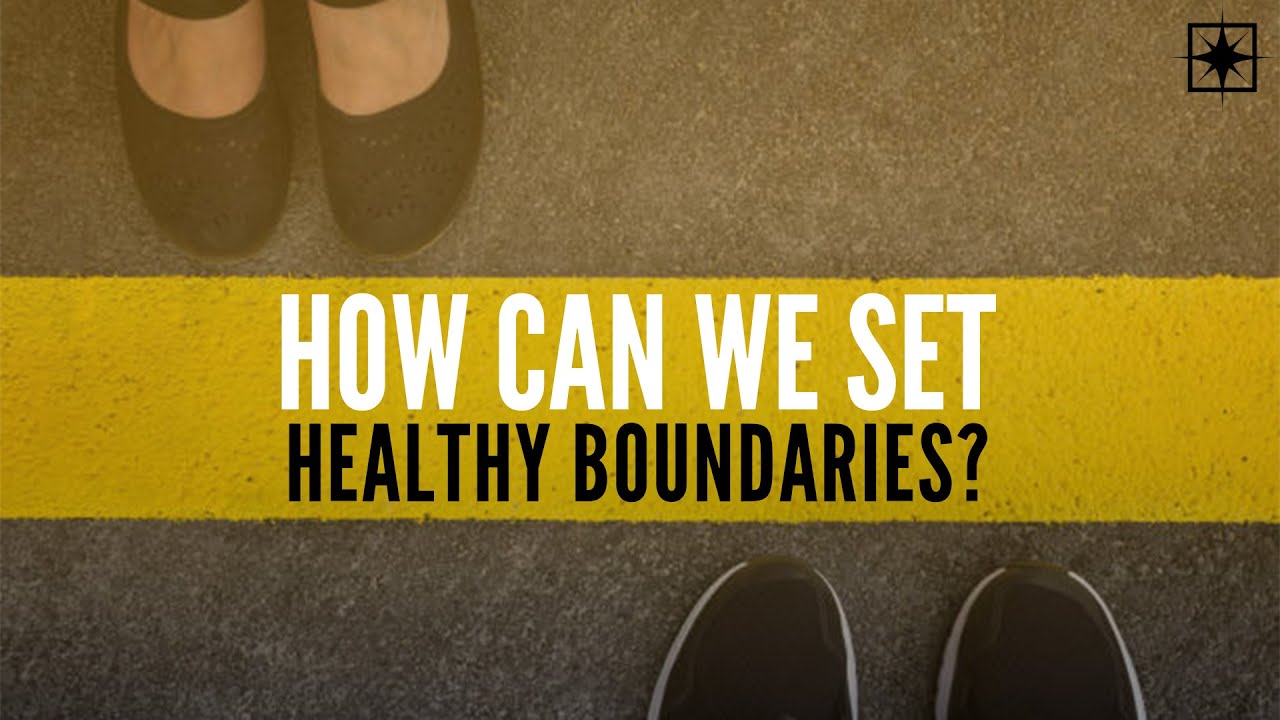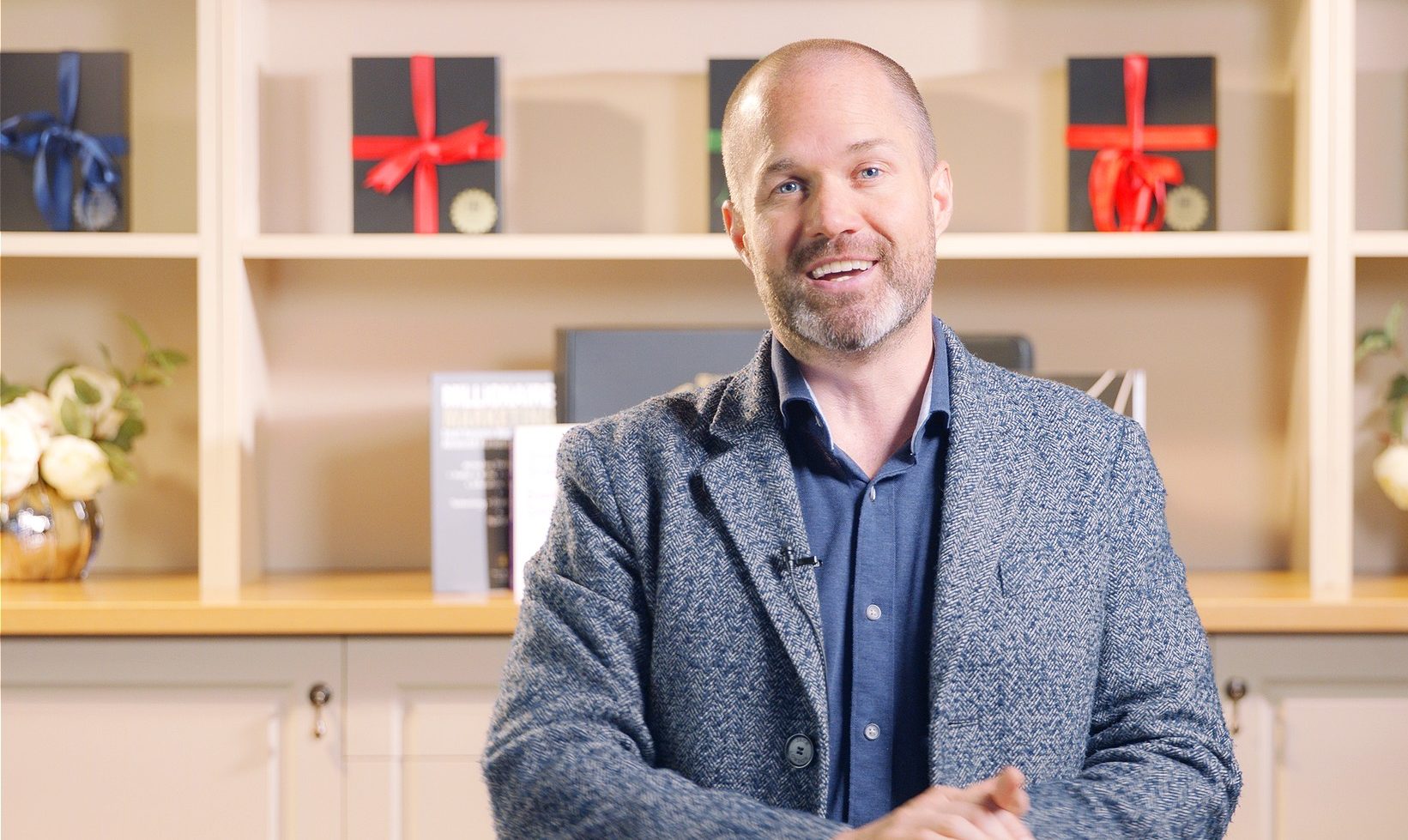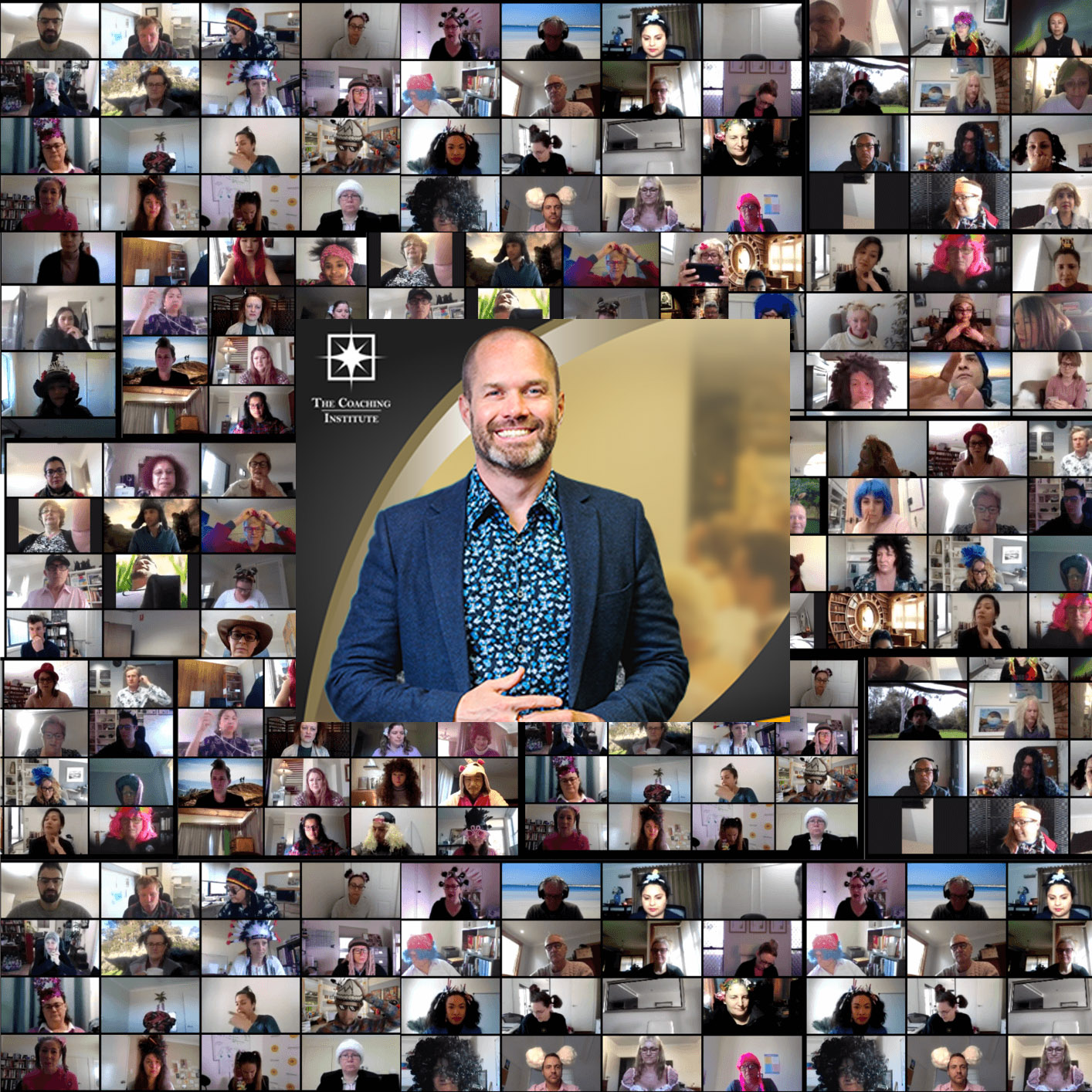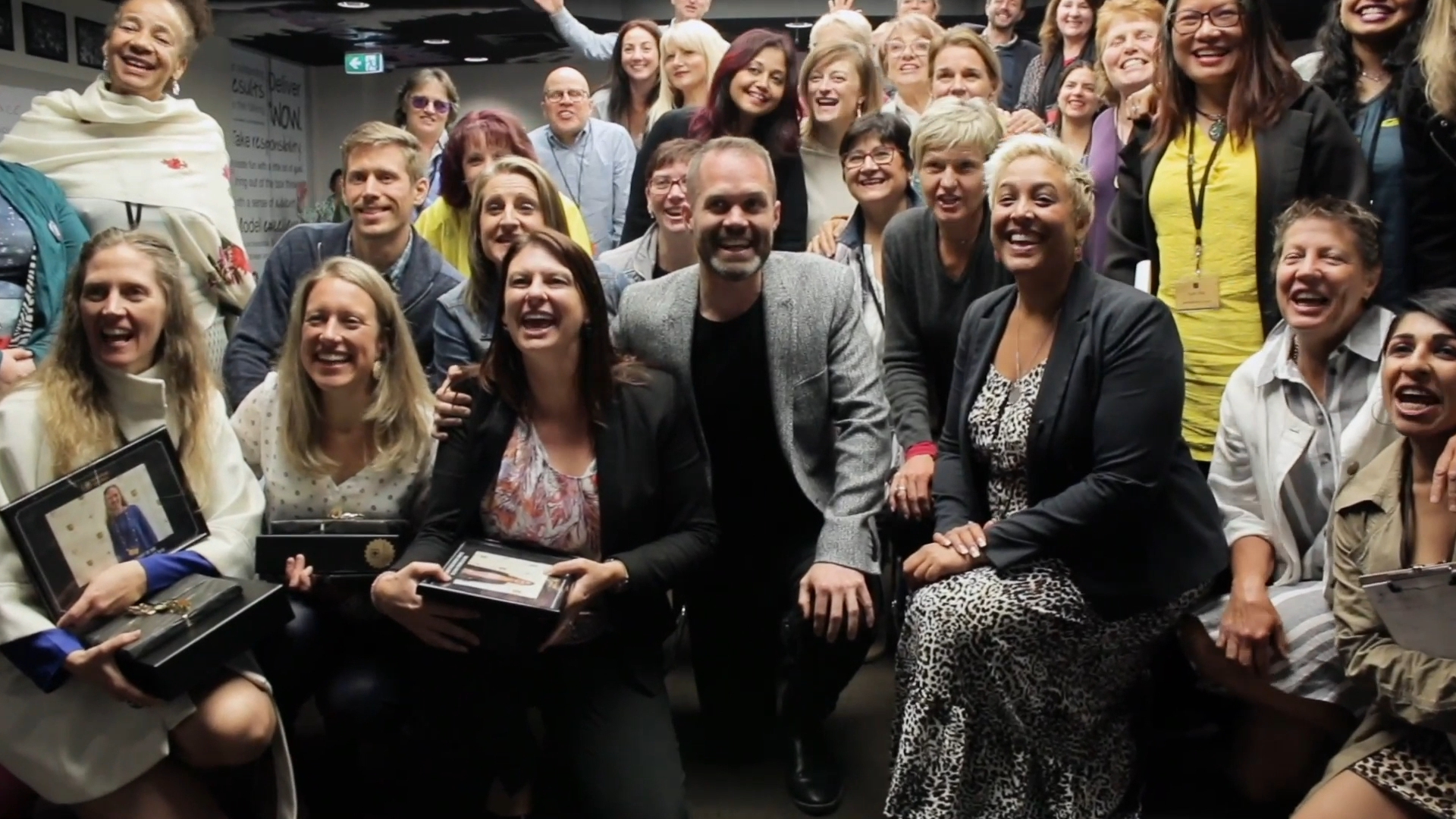Almost 5,000 years ago, written language was born, and the first writings were made of symbols and drawings to communicate and store ideas.
Over time, symbols have become a part of our neurology. Now it is easy to associate with them when trying to understand a concept or form a belief about something.
Your belief about an object is a certain neural pathway your brain uses every time you think about that object.
If you decide to change the belief, there will be a pattern disrupt in those neurons – but that won’t change the object itself, just how you look at it.
This means you can always edit what you think about something, but that does not edit reality. You’re running a map on auto-pilot and although it is a good tool to use, it does not represent reality.
It also means you have a choice to create an entirely new map and have a different experience of the object.
In short, if you do not differentiate between what happens in your mind and what happens outside of it, you mistake your symbols (or map) for things they represent.
Your map starts to takes form the day you’re born, but it pretty much solidifies once you reach age 7. Between ages 7 and 11, you form strategies for decision-making and planning.
Each one of us has a subjective mental represent of everything around us.
So there is no right or wrong, but it is good to be more flexible and ready to make changes to your map if it is not serving you the way you’d like it to.














